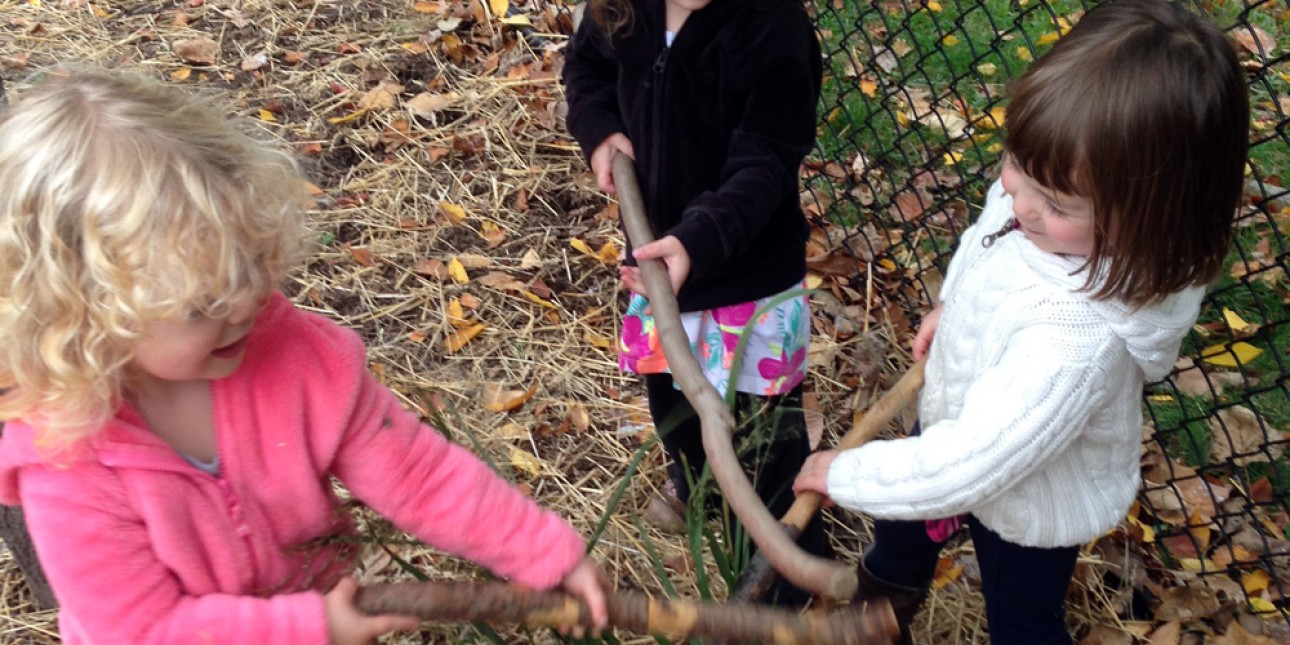In the Classroom: The Peanuts

The Sounds of Storytelling
When you read your to little ones before bedtime, is it a one way interaction? Young children experience read-alouds in many different ways and contexts, but seldom are any of these ways passive!
An artfully written children’s work is interactive, colorful, carries meaning between the text and illustrations, and most of all makes children both wonder and remember - this is why Peanuts ask to read the same beloved books over and over again with members of our teaching team. The pride of knowing the story, the excitement of anticipation coupled with amusement, and the formation of individual meaning on and between each page are all reasons favorite books are revisited again and again and again.
Since the beginning of October the Peanuts have been curious about sound, and this has become our focus of play and study. A few books we’ve been able to use to expand the breadth and depth of Peanut knowledge have been We’re going on a bear hunt by Michael Rosen and Helen Oxenbury, The quiet book and The loud book! by Deborah Underwood and Renata Liwska, and Pancakes for supper by Jane Yolen and Mark Teague.
Though all these books explore sound in interactive ways that we take advantage of by adding songs, markers and journals, pastels, dancing & instruments, and snacks (pancakes!) - We’re going on a bear hunt has emerged as this group’s favorite.
Reading this book with the freedom of volume and sensory experiences our nature playground affords has been fantastic. Each two page spread introduces a fun onomatopoeia, and the sounds end up defining the flow of the story. When we read outside Peanuts can really immerse themselves in the action of the story by freely telling it physically.
Spinning through the whirling, twirling snowstorm, using sticks and branches full of fall leaves to make swishy, swashy noisess, and literally making squelching sounds in the mud kitchen with boots on help them take on the story through play.
Once we’re back inside, and the Peanuts are ready to hear the story again in smaller groups. This time we record individual Peanut voices making these noises and play them back to the whole group, putting the story telling into the hands of Peanuts themselves!
I think the main point here is that a truly great story can be told in truly great ways that are good for children’s brains - all we need to do is work to make the telling as interactive, expressive, and in as many ways as possible!
Classrooms